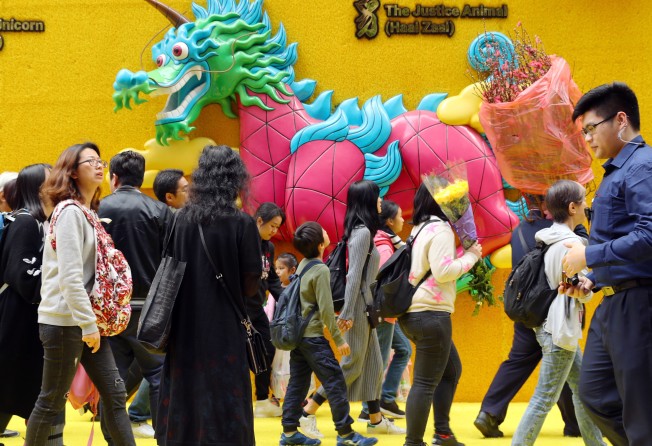Encourage Hong Kong employees to raise voluntary MPF contributions with tax incentives, says advisory body
- Financial Services Development Council proposes increasing tax-deductible income from 5 per cent to 15 per cent

Employees contributing to Hong Kong’s Mandatory Provident Fund should be given tax incentives to encourage them to increase their contributions, according to a report released by the Financial Services Development Council on Thursday. This will help plug the gap between contributions and retirement needs.
While employers in the city are entitled to tax deductions on up to 15 per cent of an individual employee’s total pay in a tax year, employees are not offered any such incentives. Only their mandatory contributions are tax deductible.
“Employees should be provided with similar incentives. While still required to pay their mandatory contributions, employees should have the option of topping up tax-efficient voluntary contributions to an aggregate total of 15 per cent of their relevant income,” said the report.
Contribution to the MPF scheme, which began in 2000, is compulsory for 2.8 million Hongkongers and their employers, with both sides contributing at least 5 per cent of an employee’s monthly salary. This contribution is capped at a combined HK$3,000 (US$382).
The Hong Kong government has been considering raising the amount of employees’ pension contributions that can be used toward offsetting their tax bills from HK$36,000 to HK$60,000, with the aim of boosting public participation in deferred annuity schemes and voluntary MPF contributions.
The council’s recommendations aim to increase tax-deductible income from 5 per cent to 15 per cent of annual income.
Modest contributions to the MPF scheme, which covers 73 per cent of Hong Kong’s working population, mean workers must make additional savings and investments to generate sufficient funds for retirement. According to the report, the system “is heavily focused towards those on the bottom rungs of the salary ladder”. It added that the mandatory contributions of people earning HK$80,000 a month equal just 3.75 per cent of their salary.
This is “clearly not enough to fund a proper retirement”, said the report. “Many experts believe that employees need to save at least 20 per cent of their compensation to maintain the same standard of living pre and post-retirement,” it added.
Additional voluntary contributions are also low – they made up only 17 per cent of total MPF contributions in the third quarter last year. This was down to a perception that the MPF scheme attracts high costs and low returns, said the report.
Last year, the MPF turned in its lowest annual return since 2011, amid a slump in the Hong Kong and mainland China stock markets, according to financial data provider Refinitiv. Members of the scheme lost HK$21,191 each in 2018, according to financial planning consultants Gain Miles.
To increase member engagement and lower administrative costs, the council has also proposed that the adoption of the scheme’s centralised electronic administration platform – eMPF – be made a default choice for members, unless they opt out.
“To avoid diluting its potential benefits, implementation of eMPF should follow a ‘big bang’, rather than a staged implementation approach,” the council said, adding that it should be integrated into the city’s smart residents identification cards, which are used for accessing government services.

It also recommended improving members’ financial literacy by allowing MPF trustees and sponsors to give them advice not only on growing their pension pots, but also on estimating their post-retirement financial needs, and how they should aim to save and choose investment products to meet these needs.
The council also said it wanted to see a revamp of the MPF Schemes Ordinance to give the MPF Authority more discretion and flexibility to react to the changing environment, so that suitable new asset classes and markets could be allowed within the scheme’s investment restrictions “from time to time”.
It recommended that mainland China-listed stocks, Hong Kong funds authorised by the Securities and Futures Commission and real estate investment trust products be considered in a review of permissible asset classes, which were set long ago.
Florence Yip, financial services tax leader at accounting firm PwC, who is also a leader of a working group responsible for the council’s report, said: “Asset classes permissible in the scheme is a small subset of SFC-authorised funds … some people may consider the investible assets too limited or not aggressive enough.”
The council was set up five years ago by the government to formulate proposals for the promotion and further development of Hong Kong’s financial services sector.
Hong Kong is now among the world’s bottom three in terms of pension adequacy for its population, ahead only of India and Mexico, according to the 2018 Melbourne Mercer Global Pension Index, which was released in October 2018. Singapore’s provident scheme, on the other hand, mandates the contribution of 20 per cent of salaries from employees and 17 per cent from employers for those under 55.